Big cats have always captured human fascination with their majestic presence and unparalleled grace. From the stealthy leopard to the mighty tiger, each species showcases a variety of behaviors that are as intriguing as they are unique. While many people are familiar with the general habits of these captivating creatures, there are some extraordinary behaviors that stand out. In this article, we’ll delve into the most unique behaviors of big cats documented in the wild, giving you a glimpse into their world that you might not have seen before.
The Kink in the Cheetah’s Tail
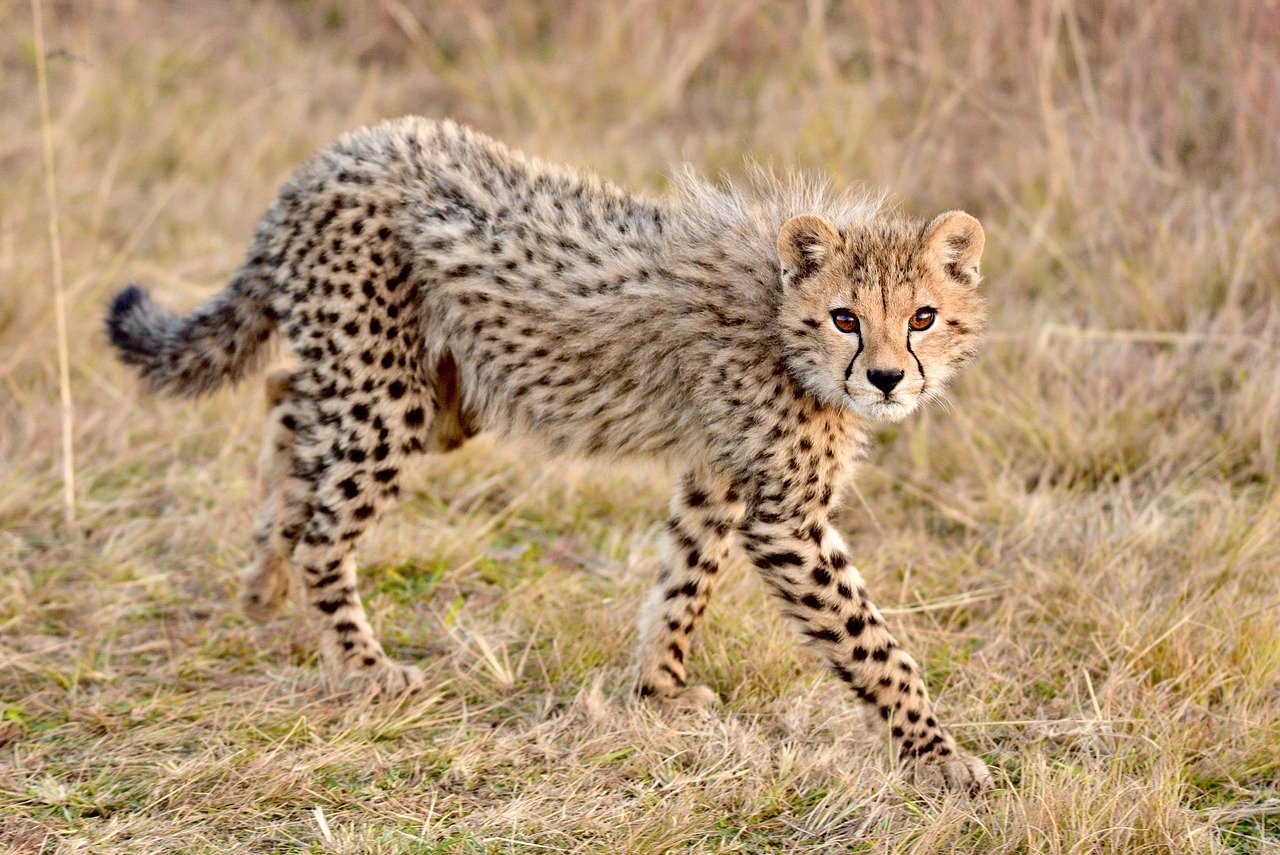
Cheetahs, known as the sprinters of the animal kingdom, have a unique behavior that is both functional and fascinating. Their tails are not just for balance while running at breakneck speeds; they also serve as a rudder. This ability to steer and stabilize themselves during high-speed chases is critical for their hunting success. The kink in a cheetah’s tail is similar to the rudder of a boat, helping them make sharp turns and pivots. This behavior ensures that cheetahs can make quick directional changes while pursuing prey, maximizing their chances of a successful hunt. It’s a remarkable adaptation that showcases the evolutionary brilliance of this species.
Lionesses and Their Cooperative Hunting
While lions are often thought of as solitary hunters, lionesses exhibit a unique cooperative hunting strategy that is both effective and efficient. Unlike the males, who are more focused on defending their territory, lionesses work together to take down prey. They use coordinated tactics, with some lionesses driving the prey toward others lying in wait. This teamwork allows them to take down larger animals than they could individually. This behavior not only ensures a more consistent food supply but also strengthens social bonds within the pride. It’s a testament to the power of collaboration in the animal kingdom.
Leopards and Their Secretive Stash
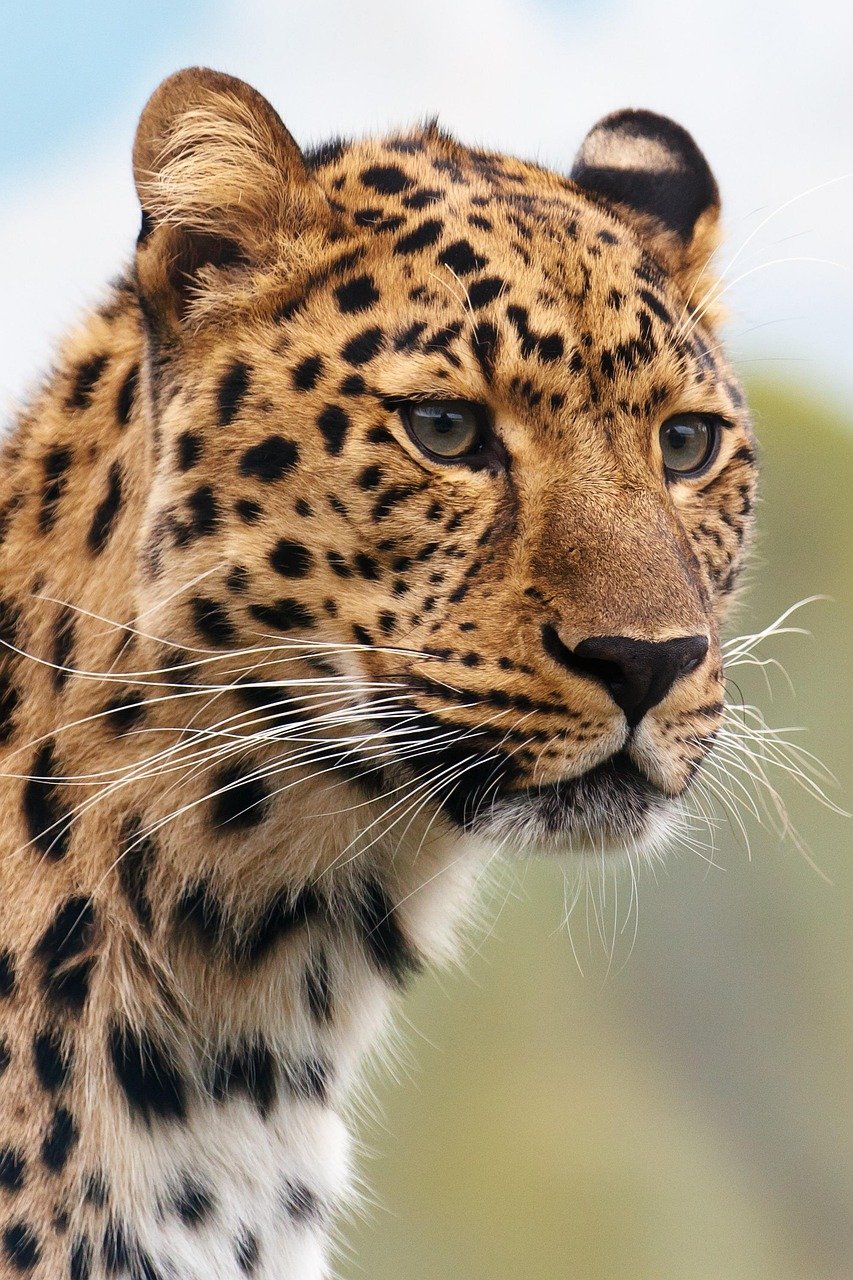
Leopards are the masters of stealth, and their unique behavior of hoarding food high in trees is a testament to their cunning nature. After a successful hunt, leopards will often drag their prey up into the branches to keep it safe from scavengers. This behavior, known as caching, allows them to return to their meal over several days, reducing the need to hunt frequently. By storing their food in trees, leopards ensure that they can feast uninterrupted, making them one of the most efficient predators in the wild. It’s a strategy that highlights their intelligence and resourcefulness.
Snow Leopards and Their Tail Flick Communication
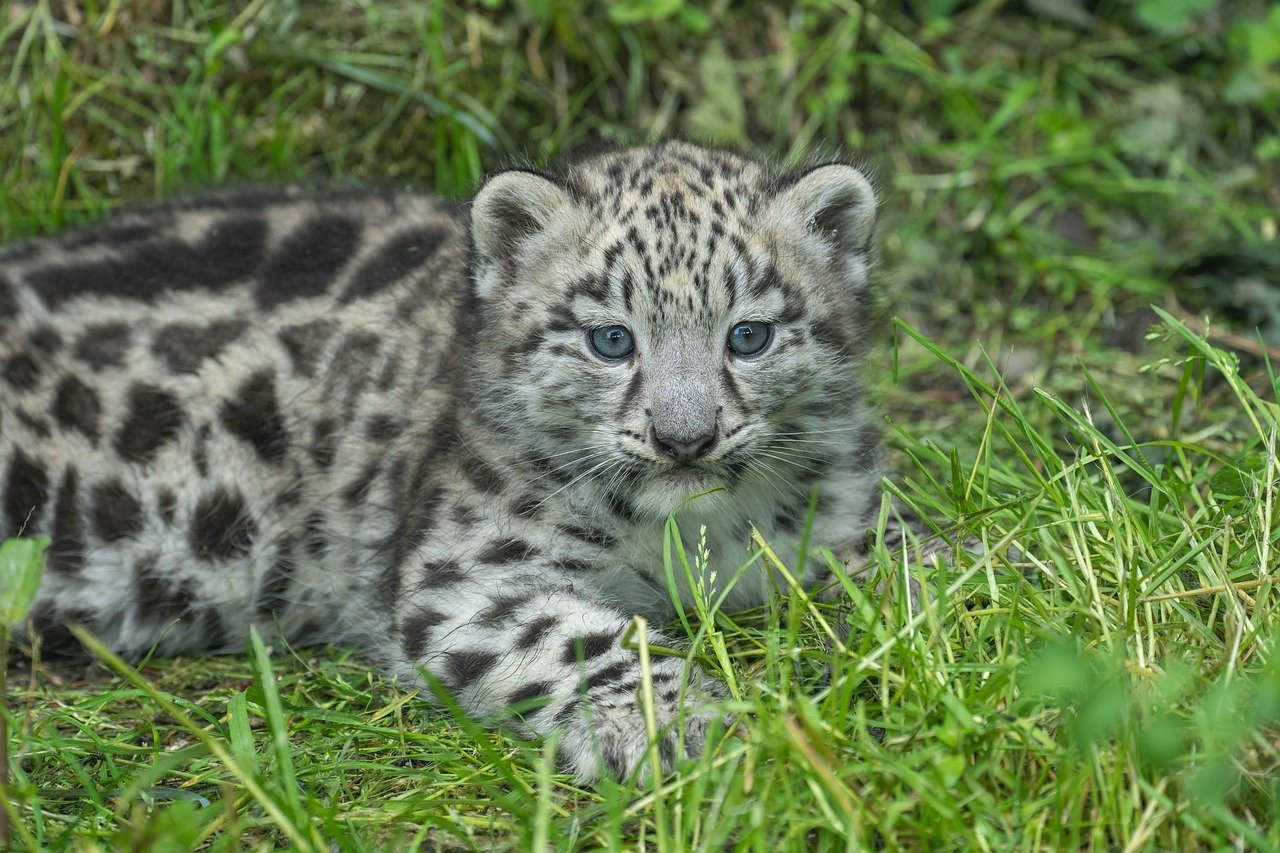
Snow leopards, often referred to as the “ghosts of the mountains,” have a fascinating way of communicating. They use their long, bushy tails for more than just warmth and balance on rocky terrains. By flicking their tails, snow leopards can convey a range of emotions and intentions to other leopards. This subtle form of communication is essential in the vast and rugged landscapes they inhabit, where vocalizations might not carry far. The tail flick serves as a silent language, helping them maintain social structures and avoid unnecessary conflicts. It’s a delicate dance of gestures that speaks volumes in the silence of the mountains.
Tigers and Their Water-Loving Ways
Unlike most cats, tigers have a surprising affinity for water. This unique behavior is not just for cooling off in the sweltering heat; it plays a crucial role in their hunting strategy. Tigers are strong swimmers and will often use water bodies to their advantage, stalking prey from the water’s edge. This gives them an element of surprise, as many prey animals do not expect an ambush from the water. Additionally, tigers use water to remove the scent of their tracks, making them even more elusive to potential threats. Their love for water is a testament to their adaptability and prowess as apex predators.
Jaguars and Their Crushing Bite
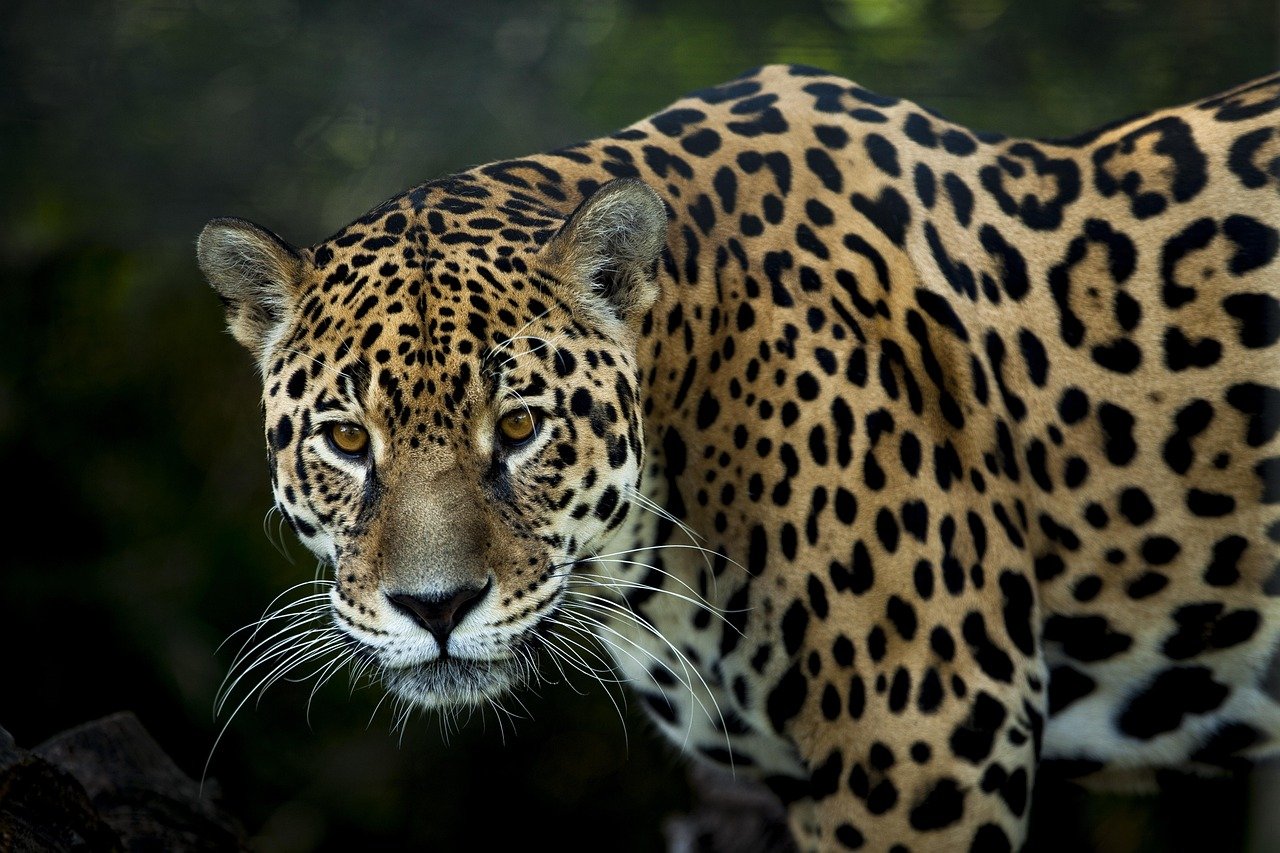
Jaguars possess one of the strongest bites in the animal kingdom, a unique behavior that sets them apart from other big cats. This powerful bite allows jaguars to pierce the skulls of their prey, delivering a swift and fatal blow. Unlike other big cats that typically target the throat, jaguars’ method is both efficient and effective, ensuring their prey is quickly subdued. This behavior is particularly advantageous in the dense jungles where jaguars reside, as it allows them to hunt a wide range of prey, from capybaras to caimans. Their bite is a symbol of their strength and dominance in their habitat.
Servals and Their Leaping Hunts
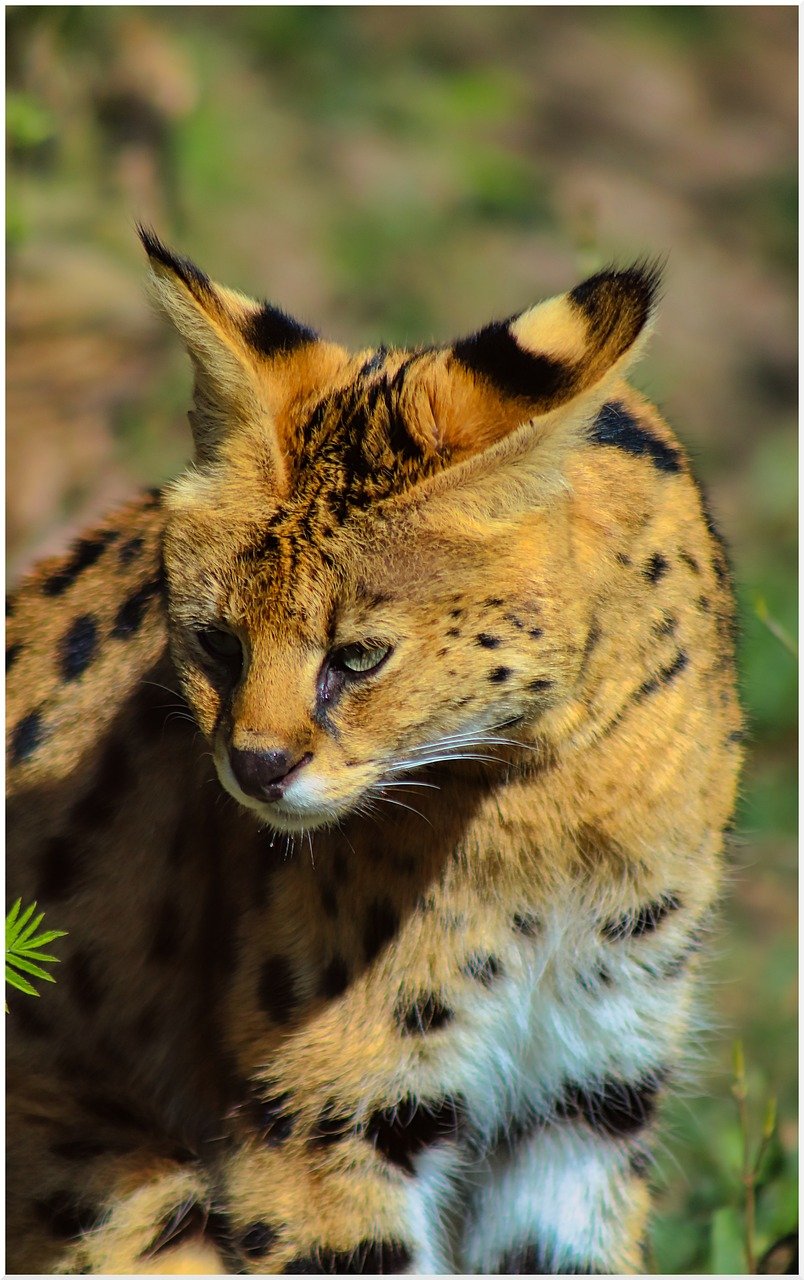
Servals, though smaller than other big cats, exhibit a unique hunting behavior that is nothing short of spectacular. They are known for their incredible leaping ability, which they use to catch birds and insects mid-air. With long legs and a flexible spine, servals can jump up to nine feet high, making them highly effective hunters in the grasslands. This behavior is not only impressive but also ensures a varied diet, as they can catch both ground-dwelling and airborne prey. The serval’s acrobatic hunting style is a testament to its agility and precision.
Pumas and Their Whispering Stalk
Pumas, also known as mountain lions, have a unique stalking behavior that involves near-silent movement. This “whispering stalk” allows them to get incredibly close to their prey without being detected. With padded paws and a keen sense of stealth, pumas can navigate through their terrain with minimal noise, making them formidable hunters. This behavior is crucial in the varied landscapes they inhabit, from dense forests to open plains. The puma’s ability to move silently is a masterclass in stealth, showcasing their adaptation to diverse environments.
Clouded Leopards and Their Arboreal Acrobatics
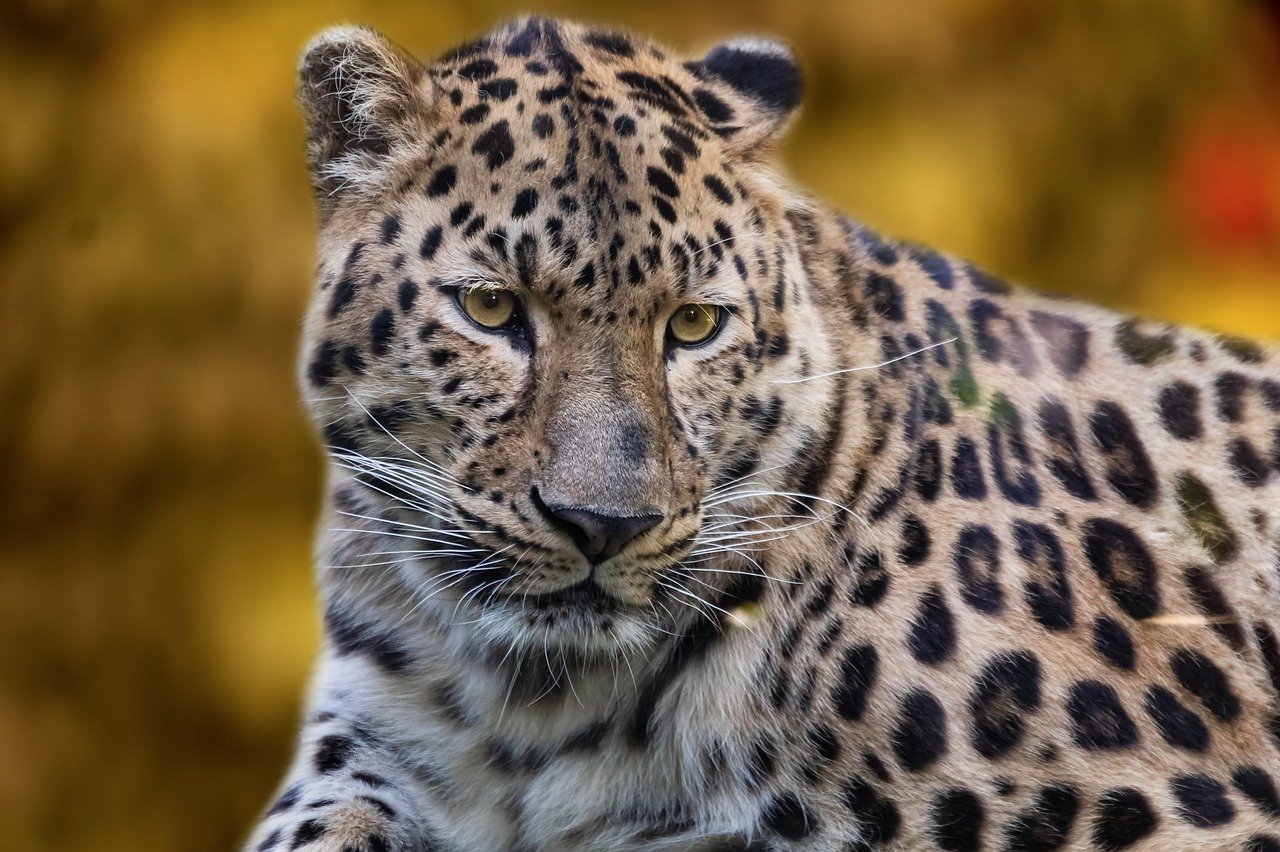
Clouded leopards are known for their remarkable ability to navigate the forest canopy with ease. Their arboreal acrobatics are a unique behavior that allows them to hunt and travel in the trees. With a flexible ankle joint that can rotate backwards, clouded leopards can climb down trees headfirst, a skill that is rare among big cats. This ability to maneuver through the treetops gives them a distinct advantage in their forested habitats, where they can ambush prey from above. Their acrobatic prowess is a testament to their adaptability and skill as hunters.
Cheetahs and Their Social Coalitions
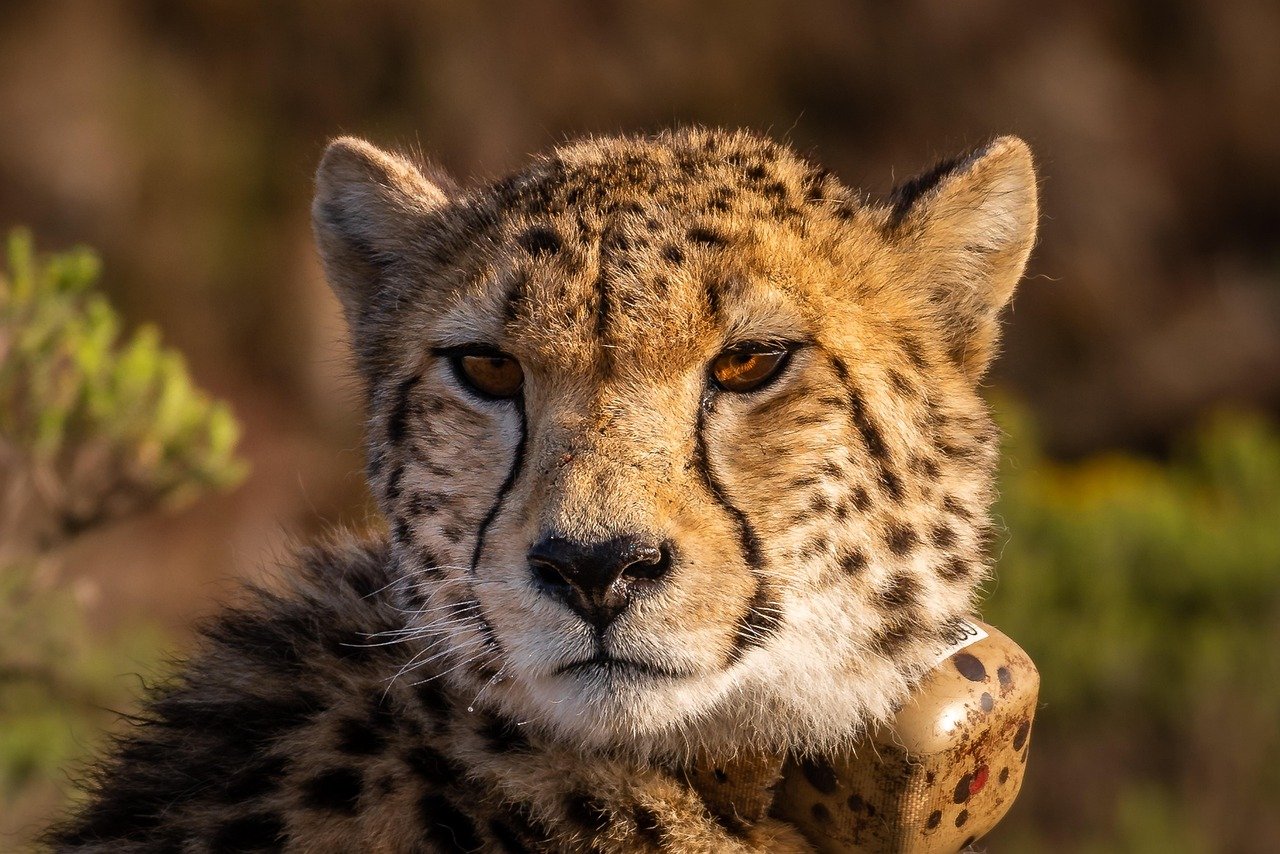
Cheetahs, unlike many other big cats, sometimes form social coalitions, particularly among males. These coalitions, usually consisting of brothers, provide several advantages in the wild. By working together, they can take down larger prey and protect each other from threats. This unique social behavior is a strategic adaptation that enhances their survival in the vast savannas. It also strengthens familial bonds, ensuring that cheetah coalitions remain cohesive and effective. The concept of brotherhood among cheetahs is a fascinating aspect of their social dynamics.
End of the Summary
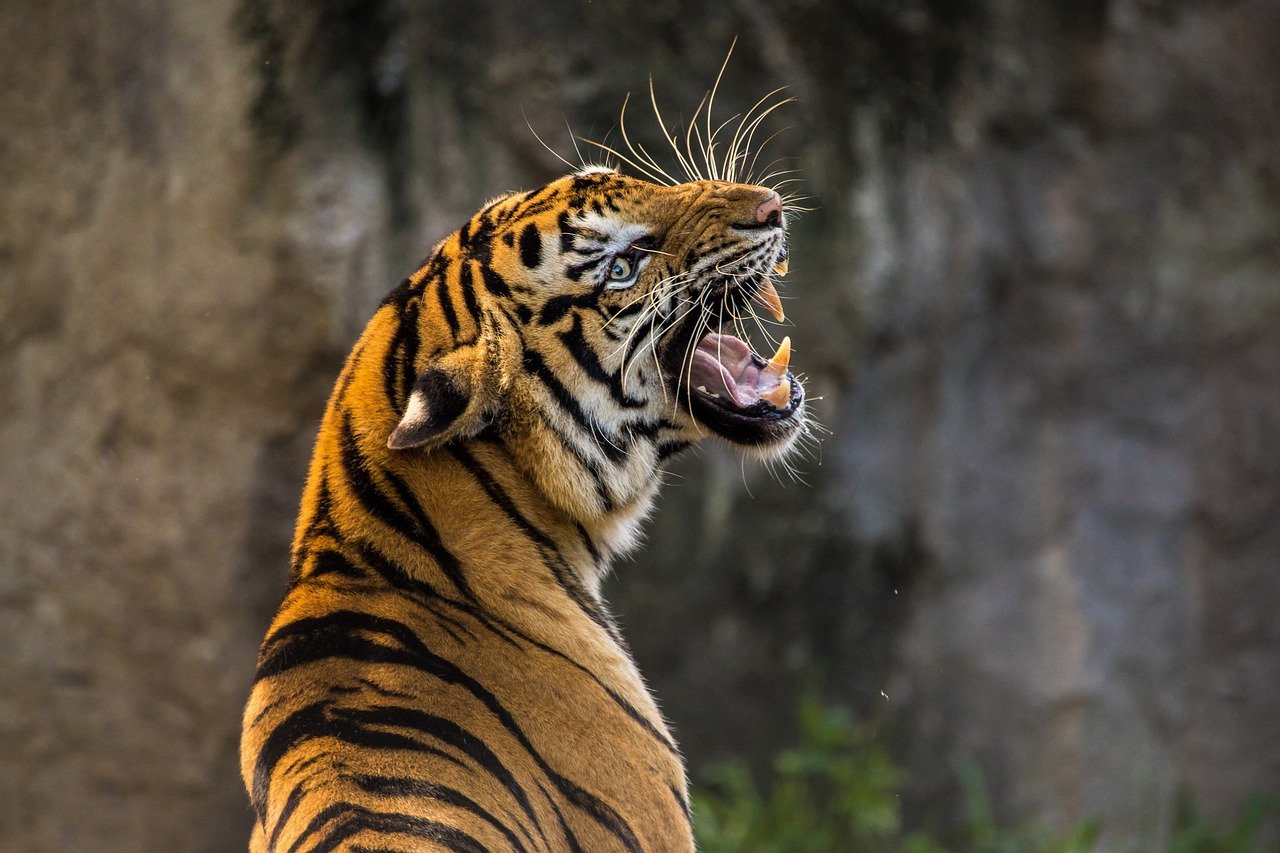
The behaviors of big cats in the wild are as diverse as they are captivating. Each species has developed unique strategies and adaptations that ensure their survival in different environments. From the cooperative hunting of lionesses to the water-loving nature of tigers, these behaviors highlight the intelligence and adaptability of these magnificent creatures. By understanding these unique behaviors, we gain a deeper appreciation for the complexity and beauty of the natural world. The wild continues to be a source of wonder and inspiration, with big cats leading the charge in showcasing the marvels of evolution.
Hi, I’m Bola, a passionate writer and creative strategist with a knack for crafting compelling content that educates, inspires, and connects. Over the years, I’ve honed my skills across various writing fields, including content creation, copywriting, online course development, and video scriptwriting.
When I’m not at my desk, you’ll find me exploring new ideas, reading books, or brainstorming creative ways to solve challenges. I believe that words have the power to transform, and I’m here to help you leverage that power for success.
Thanks for stopping by, Keep coming to this website to checkout new articles form me. You’d always love it!






